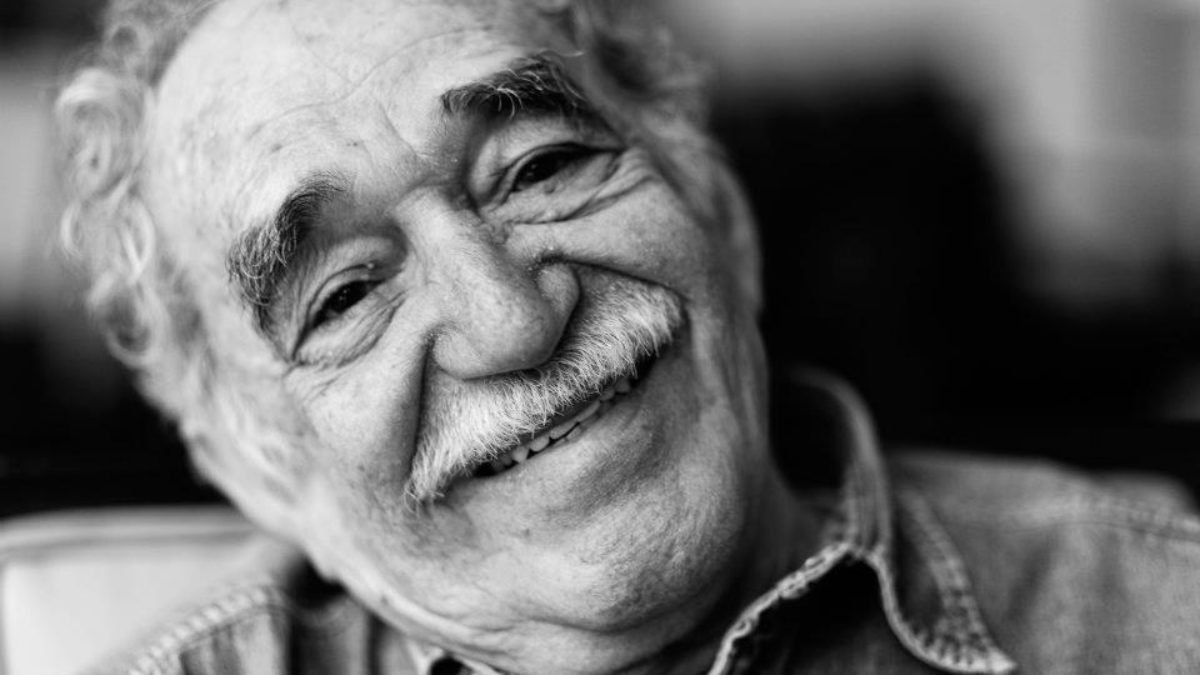The most translated Spanish-language writers in recent years:
Spanish-language writers have left a significant mark on world literature, and in recent decades have been widely translated into different languages, allowing their works to be enjoyed by readers all over the world. Literary translation allows Spanish-language works to transcend language and cultural barriers and be appreciated by readers all over the world.
Some of the most translated Spanish-language writers in recent decades are highlighted below, along with a brief description of their most representative works.
Gabriel García Márquez, Colombia

He is considered one of the great masters of Latin American literature. His best known work, “One Hundred Years of Solitude” is considered a masterpiece of magical realism and one of the most important novels of the 20th century. It was published in 1967, has been translated into more than 30 languages and has won numerous international prizes. The novel tells the story of the Buendía family in the fictional town of Macondo, over several generations, and combines elements of magical realism with exquisite prose and a complex plot.
Other notable works by García Márquez include “Chronicle of a Death Foretold”, “The Autumn of the Patriarch” and “Love in the Time of Cholera”.
Mario Vargas Llosa, Peru
Vargas Llosa is another leading figure in Spanish-language literature, renowned for his sophisticated literary style and his profound analysis of Latin American society. His work “The City and the Dogs“, published in 1962, is considered one of the most important novels in Peruvian literature. It tells the story of a group of young cadets at a military school in Lima, Peru, and deals with themes such as violence, corruption, masculinity and the struggle for identity in an oppressive environment. Other notable works by Vargas Llosa include ” The Green House”, “Conversation in the Cathedral”, “The Feast of the Goat” and ” The Mischief of the Bad Girl”.
Vargas Llosa received the Nobel Prize for Literature in 2010, which has boosted the translation of his works globally.
Isabel Allende, Chile

A renowned Chilean author known for her immersive literary style and her exploration of themes such as history, politics and identity, her most famous work, “The House of the Spirits“, published in 1982, is considered one of the most important Latin American novels of the 20th century. It is considered a classic work of Latin American literature and has been acclaimed for its narrative style and its exploration of themes such as family, politics and Latin American history. The novel follows the life of the Trueba family over several generations, interweaving elements of magical realism with social and political criticism.
Other notable works by Allende include ” Of Love and Shadow”, “Eva Luna” and “Paula”. Allende has been recognised with numerous international literary awards, which has contributed to the translation of her works worldwide.
Jorge Luis Borges, Argentina
Jorge Luis Borges is one of Argentina’s most renowned writers, and is known for his unique literary style, which combines elements of magical realism, metafiction and philosophy. His works explore themes such as identity, time, labyrinths and mirrors. “Fictions” and “The Aleph” are two of his most representative works. ” Fictions” is considered a masterpiece of Spanish literature. Published in 1944, it has had an enormous influence on world literature. The stories in ” Fictions ” are known for their labyrinthine style, language games and metaphysical reflections, which explore the nature of reality and fiction.
Borges has left a lasting mark on world literature and his work continues to be studied and admired today.
Carlos Ruiz Zafón, Spain
Carlos Ruiz Zafón is one of the most successful Spanish writers of recent years, and his work has been widely translated into several languages. His series of novels “The Cemetery of Forgotten Books“, consisting of “The Shadow of the Wind”, “The Angel’s Game”, “The Prisoner of Heaven” and “The Labyrinth of the Spirits”, has been a great international success since its publication in 2001. It has been translated into numerous languages and has won multiple awards. The novel is a tribute to the world of books and literature, with an intriguing plot set in post-war Spanish Barcelona. Ruiz Zafón’s novels combine elements of mystery, intrigue, history and literature, and his evocative literary style has captivated readers in Spanish and in translations into other languages.
Julio Cortázar, Argentina

This Argentinian writer is considered one of the great masters of the short story and the short narrative. His work is characterised by his experimental style, his originality and his exploration of temporality and language. “Bestiario”, ” End of the Game”, “The Secret Weapons” and “The Open Veins of Latin America” are some of his most representative works, which have been acclaimed for their literary quality and their influence on contemporary literature. His best known work, “Rayuela” is one of the most innovative works of Spanish-language literature. Published in 1963, it has been acclaimed for its non-linear structure and literary experimentation. The novel invites the reader to interact with the text, offering multiple reading paths and challenging traditional narrative conventions.
Laura Esquivel, Mexico
She is best known for her work ” Like Water for Chocolate”, which has been a success both in its original Spanish version and in translations into other languages. Published in 1989, the novel combines elements of magical realism, history, gastronomy and love, and has been recognised for its innovative style and its focus on Mexican culture. The work has been translated into numerous languages and has won international literary prizes, making it a benchmark in Spanish-language literature in recent years.
These are just a few examples of the most translated Spanish-language writers in recent decades. However, there are many other authors with equally outstanding works that have been translated into different languages and have reached a global audience.
The following is a brief review of other representative works by the most translated Spanish-language writers of recent decades:
- “Pedro Páramo” by Juan Rulfo: This Mexican novel, published in 1955, is considered one of the great achievements of Spanish-language literature. Although Rulfo only published two books in his lifetime, “Pedro Páramo” has been translated into several languages and has influenced numerous writers. The novel is known for its minimalist style and evocative atmosphere, which tells the story of a man in search of his father in a ghost town.
- “Absent Love: A Chronicle” by Rosa Montero: This novel by the Spanish author is one of her best-known works. Published in 1979, it has been praised for its fresh style and its exploration of human psychology. The novel tells the story of a woman searching for her identity in an ever-changing world, addressing themes of loneliness, identity and heartbreak.
- “The Savage Detectives” by Roberto Bolaño: This novel by the Chilean-Spanish author is considered a masterpiece of contemporary Spanish-language literature. Published in 1998, it has won numerous international prizes. The novel tells the story of a group of young poets in search of a mysterious missing writer, and is full of elements of counterculture and experimental literature.
- “The House of Bernarda Alba” by Federico García Lorca: This play by the Spanish author is considered one of the greatest plays of Spanish theatre. Published in 1936, it is renowned for its poetic style and its exploration of female oppression in Spanish society at the time. The play tells the story of an aristocratic family in Andalusia and their struggle for power and freedom.
The translation of all these works has not only allowed Spanish-language writers to reach a wider audience, but has also contributed to the dissemination and promotion of the Hispanic language and culture in the literary sphere. Literary translation is a complex process that involves not only the transposition of words from one language to another, but also the transmission of the author’s essence, style and voice, as well as an understanding of the cultural and linguistic nuances inherent in the original work.
Translators must be able to strike a balance between fidelity to the original text and adaptation to the target language and culture, which is a considerable challenge. Translators play a key role in this process, as they are responsible for recreating the magic and beauty of the original works in another language.
Translation is therefore an artistic and subjective task, in which translators make creative choices to convey the essence of the work in another language. Each translation is unique and may vary according to the translator’s interpretation and style, making each translated version of a work a new literary creation. Therefore, Spanish-language writers who have been widely translated in recent decades should also acknowledge and thank the translators who have contributed to bringing their works to an international audience.
In addition, the selection of works for translation is also a challenge, as there are numerous Spanish-language writers with works of great quality that have not yet been widely translated. The selection of works for translation can be influenced by factors such as the popularity of the author, the subject matter of the work, the literary genre and international publishing trends.
However, despite these challenges, literary translation has enabled Spanish-language writers to reach a global audience and become internationally recognised.




There are no comments on The most translated Spanish-language writers in recent years